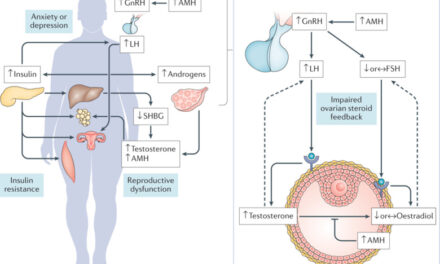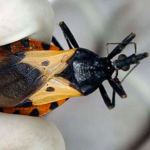A recent study conducted by Amrita Hospital in Kochi has shed light on the alarming prevalence of snail-transmitted eosinophilic meningoencephalitis (EM) among children in South India, highlighting the potentially fatal consequences of this condition.
EM is a severe medical condition characterized by inflammation of the brain and its surrounding tissues, often associated with eosinophils, a type of white blood cell. The study, spanning 14 years, has established a significant correlation between snail exposure and EM, with over half of the examined children having a history of direct contact with snails.
Professor K.P. Vinayan, Head of the Department of Paediatric Neurology at Amrita Hospital, emphasized the growing incidence of EM among children in the region over the past decade. Many affected children were initially misdiagnosed with bacterial, viral, or tuberculous meningitis, underscoring the importance of early identification and appropriate investigations, especially in endemic areas.
The findings underscore the urgent need for healthcare professionals, parents, and policymakers to address this emerging threat by implementing preventive measures. Children, particularly those playing in snail-infested areas, are at heightened risk of infection, emphasizing the importance of maintaining cleanliness and hygiene in residential premises and properly cleaning raw vegetables consumed in salads.
Dr. Vaishakh Anand, from the Department of Paediatric Neurology at Amrita Hospital, highlighted a paradigm shift in understanding EM, emphasizing that it is more common than previously believed, especially in Kerala during the post-monsoon months. The surge in the population of giant African Snails over the past decade has contributed to the heightened risk for children in regions abundant with these snails.
The study revealed that affected children, with a median age of 3.9 years, commonly presented symptoms such as fever, headache, irritability, squint, and early papilledema. Peripheral eosinophilia was observed in most cases.
Among the children who underwent brain magnetic resonance imaging (MRI), the majority had normal results, while a small percentage showed leptomeningeal enhancement or nonspecific changes. Fortunately, all children recovered without neurological deficits following a standard treatment regimen of albendazole and oral steroids.
The study’s findings highlight the importance of timely identification and proper management in achieving favorable outcomes for children affected by EM. By raising awareness and implementing preventive measures, healthcare stakeholders can mitigate the impact of this potentially devastating disease on children’s health in South India.












